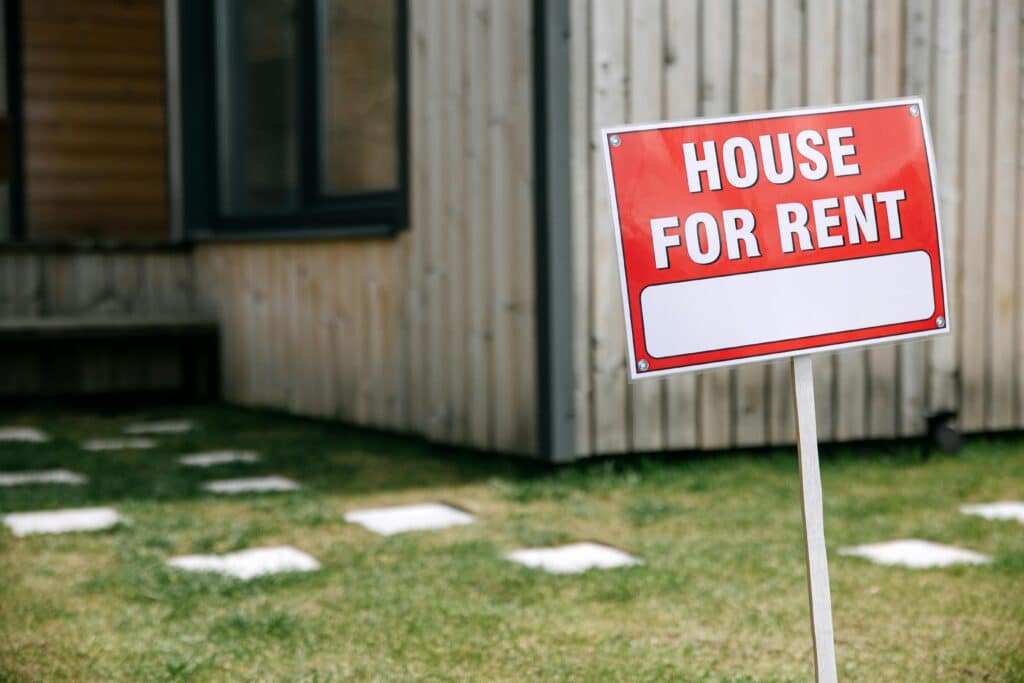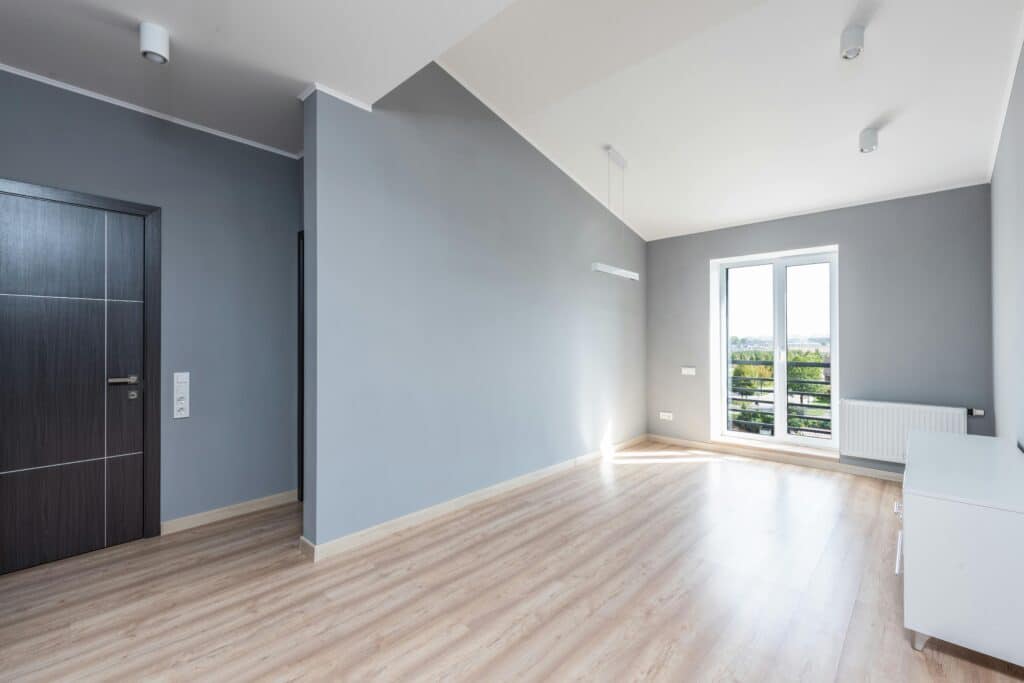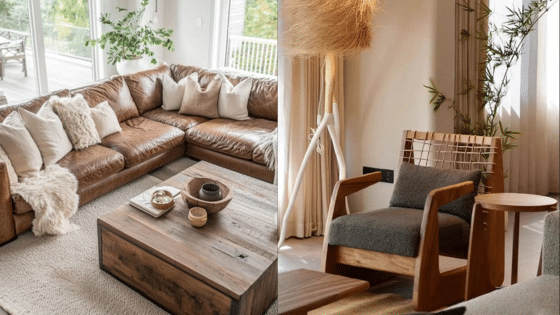When investing in a rental property, your numbers might look good on paper: the purchase price, projected rent, and potential ROI. But none of that matters if the property turns out to be a money pit. That’s why the inspection phase is so critical. It’s your chance to spot hidden issues before you commit, and it’s often the difference between a solid investment and a costly mistake.

Too often, new investors treat inspections as a superficial formality. But experienced landlords know that digging deeper during this phase can save them tens of thousands of dollars in the long run.
So what should you really be paying attention to?
Start with the Most Important and Valuable Systems
The most expensive problems are usually the ones you can’t easily see or fix. That’s why it’s important to prioritize structural components and major systems in your property inspections.
For example:
· The roof. Is it near the end of its lifespan? Are there signs of leaks, sagging, or water damage in the attic?
· The foundation. Cracks, sloping floors, or doors that don’t close properly can indicate serious issues.
· The HVAC system. Heating and cooling units are expensive to replace. Make sure the system is working efficiently and has been maintained.
· Electrical and plumbing. Older homes may have outdated wiring or piping. Look for signs of corrosion, ungrounded outlets, or low water pressure.
Don’t just glance at these items; ask the inspector for details. Replacing a roof or rewiring an old house can eat up your cash flow fast, and possibly delay your start of renting.
Don’t Overlook Moisture and Drainage

Water is one of the most destructive forces in a home. Even small leaks or drainage problems can lead to mold, structural rot, or health hazards, all of which are costly to remediate and may make the property harder to rent. Check for signs of water intrusion in basements, around windows, and beneath sinks. Look at the grading around the home: does water drain away from the foundation, or pool around it? Also be sure to inspect gutters and downspouts to ensure they’re intact and moving water properly away. These aren’t glamorous items, but they matter a lot. Tenants won’t be happy if a basement floods or if mold shows up after every heavy rain.
Pay Attention to Windows, Doors, and Insulation
While not always deal-breakers, issues with insulation and energy efficiency can affect your bottom line, especially if utilities are included in rent or if the property will be subject to energy audits. Make sure windows open and close properly, check for drafts or rot in older frames, and ask about the age of the windows and whether they’re double-paned. Take a look at the insulation in the attic, too. Poor insulation means higher heating and cooling costs, which matters to you or your tenants, depending on who pays the bills.
Look for Signs of Neglected Maintenance
A property that hasn’t been cared for often reveals itself in small ways, such as peeling paint, broken blinds, cracked tiles, loose outlets, and wobbly railings. These little items may not seem like a big deal, and individually, they aren’t. But together, they suggest a landlord or seller who deferred routine maintenance, possibly ignoring more serious issues as well. These properties can still be worth buying, but go in remaining open to the possibility of other issues. You’ll likely need to budget for repairs before move-in, and factor in time for turnover and tenant placement.
Think Like a Tenant

During an inspection, you’re focused on the condition of the property, but don’t forget to look at it from a renter’s perspective. Would you feel comfortable living here? Check for adequate lighting, safe stairways, functional appliances, and usable outdoor space. Inspect shared amenities if it’s a multi-unit property like laundry, parking, or storage. Consider the layout in terms of practicality, security, and privacy. Even if the bones of the building are solid, a property that feels uncomfortable or unappealing will sit vacant longer and rent for less, ultimately costing you a ton of money in the long term.
Get Clear on What’s Cosmetic vs. Structural

Not every problem should make you walk away from a deal. Ugly carpet or dated tile might look bad, but are easy enough to update. That said, some issues may appear minor but signal bigger problems underneath. This is where your inspector (and your own instincts) matter. If something feels off, like if there’s a faint musty smell or strange wall discoloration, don’t be afraid to push for more information. A little skepticism during inspection can save you from regrets after purchase.
Improving Your Investments With Inspections
A thorough inspection is your best tool for making a smart investment. Don’t rush it, and don’t gloss over any red flags, including the small ones. Get the full report, ask plenty of questions, and don’t hesitate to bring in specialists for second opinions if something significant is brought to your attention.
- 0shares
- Facebook0
- Pinterest0
- Twitter0
- Reddit0













